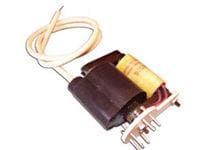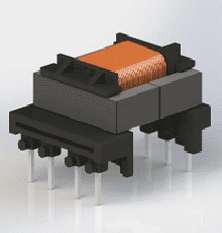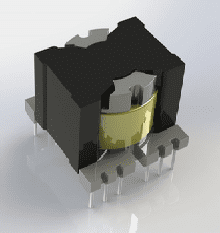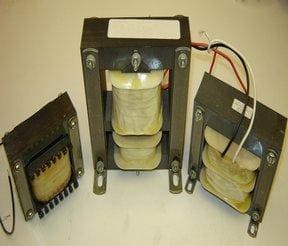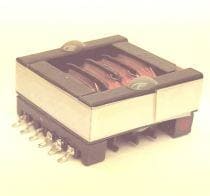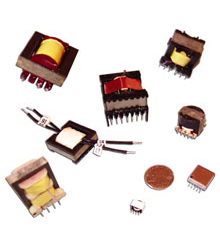
Switch mode transformers are known for their application flexibility. Their ability to convert power from alternate currents to direct currents makes them an ideal electronic product for a variety of applications such as automatic controls, biomedical equipment, geophysical instrumentation, and electronics, to name only a few.
During their production processes, transformers need to be tested at regular intervals to ensure that they have been manufactured to the quality requirements and operational needs of the customer. Let’s take a look at the basic methods that are used to test switch mode transformers.
Basic Transformer Testing Methods
Before we get into transformer testing, it is important to understand why they need to be tested. Although transformer failure is rare, there are two basic reasons for their failure:
- There is excess current in the coil, resulting in the winding heating up and getting damaged.
- The protective insulation between two wires starts breaking down. This leads to the wire getting shorted.
There are two basic methods that are used to test a transformer – manual and computer program aided testing. Let’s take a look at these singularly.
Manual Testing
This type consists of performing a number of chronological steps to complete the testing process.
- Disconnect and remove the transformer from the circuit board.
- There are two types of windings – primary and secondary. The primary winding is the main winding to check. This can be differentiated by tracing the large filter cap and the positive pin of the winding. The primary winding will be connected to one of the pins of the transformer.
- Search for the middle pin, also known as the drain. The drain will lead to the second transformer pin.
- Check the resistance of the primary winding. This will let you know whether the winding is open, and whether any repair or replacement needs to be made.
Computer Program Aided Testing
The second and perhaps the easiest method is using computer testing equipment to scan the transformer for defects. These are specialized programs that are used to check for:
- Stray impedance
- AC and DC resistance
- Leakage inductance
- Insulation between windings
- Turns ratio between windings
These two methods can help you understand the importance of transformer testing, and how they help produce industrial grade quality products.

